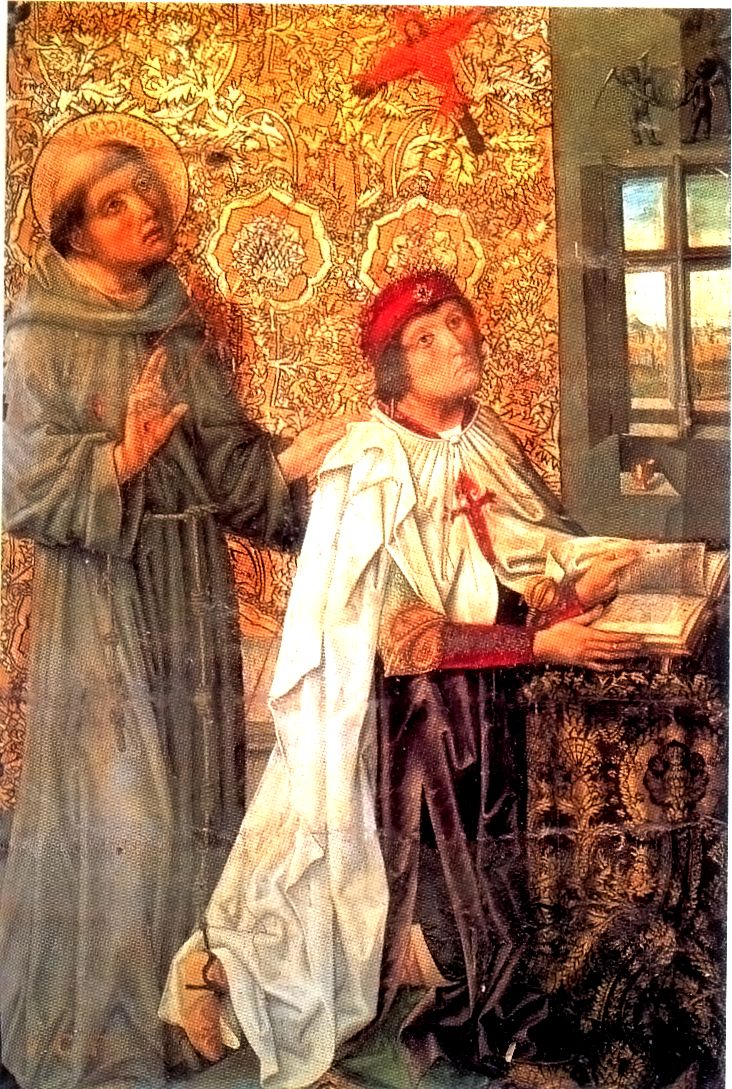Álvaro de Luna, Libro de las virtuosas e claras mugeres (1446)

Álvaro de Luna (between 1388 and 1390 – 2 June 1453) was one of the most powerful political figures in 15th-century Castile: Constable of the kingdom, royal favorite, and a central player in the turbulent politics of King Juan II’s court. And yet, in the final years of his life, this man of war and diplomacy turned to writing, a remarkable act in itself! Even more surprising is the subject of his only known literary work: a collection of biographies dedicated entirely to women. His Libro de las virtuosas e claras mugeres (Book of Virtuous and Illustrious Women) is a unique and fascinating text, often described as one of the earliest feminist works in the Iberian tradition.
Why would a political man like Luna write in defense of women? Scholars still debate his motives: some see it as a strategy to align himself with Queen María, others as an intellectual engagement with moral exemplarity. What is certain is that Luna crafted a series of short portraits of exemplary women—Biblical, classical, and Christian—highlighting their virtues and accomplishments. His work invites us to explore how women were praised (or limited) by the same moral standards as men, and what it means to be “virtuous” in a gendered world.
In our course, we will engage with Luna’s text not only through close reading but also by treating it as a corpus, that is, a small collection of texts that we will analyze computationally. We will explore what makes a corpus, how to structure it, and which formats allow us to process it effectively. Using Voyant Tools and AntConc, we will investigate patterns, word frequencies, and thematic clusters, focusing especially on the concept of virtue. How do the virtues assigned to women compare to those traditionally reserved for men? What happens when women are praised for the same qualities as male heroes?
To enrich our discussion, we will welcome a guest speaker, Elizabeth Cornick, who will bring her English class to our session. She will share a fascinating digital experiment in visualizing the relationships between women, their virtues, and their male analogues—figures mentioned in the biographies as parallels or comparisons.
The text that we will use for our course is: Álvaro de Luna, Virtuosas e claras mugeres (1446). Ed. by Lola Pons Rodríguez. Segovia: Junta de Castilla y León, Fundación Instituo Castellano y Leonés de la Lengua, 2008. Online.
Readings:
- “Álvaro de Luna” (Wikipedia)
- “Libro de las claras e virtuosas mugeres” (Wikipedia)
- Vicente Ángel Álvarez Palenzuela. “Álvaro de Luna.” *Historia Hispánica, RAH.
Resources:
- “Libro de las claras e virtuosas mugeres.” ArchBio (2024).